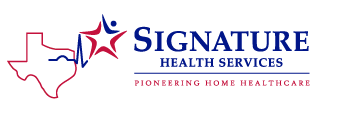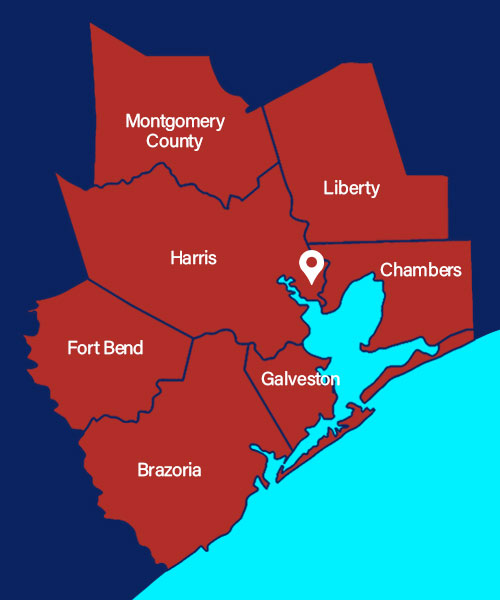Nurses are well aware of the importance of being prepared for any situation that might arise. They are appropriately trained to recognize an abundance of life-threatening medical emergencies, provide cardiopulmonary resuscitation (CPR), use automated external defibrillation (AED), and relieve patients safely and quickly.
Heart Attack vs Cardiac Arrest
A myocardial infarction, or heart attack, happens when blood flow to a specific part of the heart is blocked, commonly by a blood clot in a coronary artery. This blockage prevents oxygen-rich blood from reaching that section of the heart, causing damage to the heart muscle. Coronary artery disease is the primary cause of a heart attack, where plaques made up of cholesterol, fat, and other substances gather in the artery walls. Symptoms of a heart attack can include discomfort or chest pain, shortness of breath, nausea, and lightheadedness, and they may develop gradually or suddenly. During a heart attack, the heartbeat usually continues but may be weakened.
In contrast, a cardiac arrest occurs when the heart suddenly stops beating, resulting in an abrupt loss of heart function, breathing, and consciousness. This cessation of the heartbeat is usually due to an electrical malfunction that disrupts its pumping action. The most common cause of cardiac arrest is an arrhythmia, such as ventricular fibrillation, where the heart’s rhythm becomes chaotic, making it unable to pump blood effectively. Without immediate intervention, such as CPR and defibrillation, cardiac arrest can be fatal within minutes.
While both conditions require urgent medical attention, their treatments differ. Cardiac arrest necessitates immediate use of an AED and CPR to restore a normal heart rhythm. Understanding the distinction between cardiac arrest and heart attack is crucial, as it influences the immediate steps that bystanders and medical professionals must take to potentially save a life.
Recent statistics from the American Red Cross reveal a staggering truth: over 1,000 people experience cardiac arrest daily in the United States alone. These numbers emphasize the need for people trained with the necessary skills to respond effectively in such emergencies.
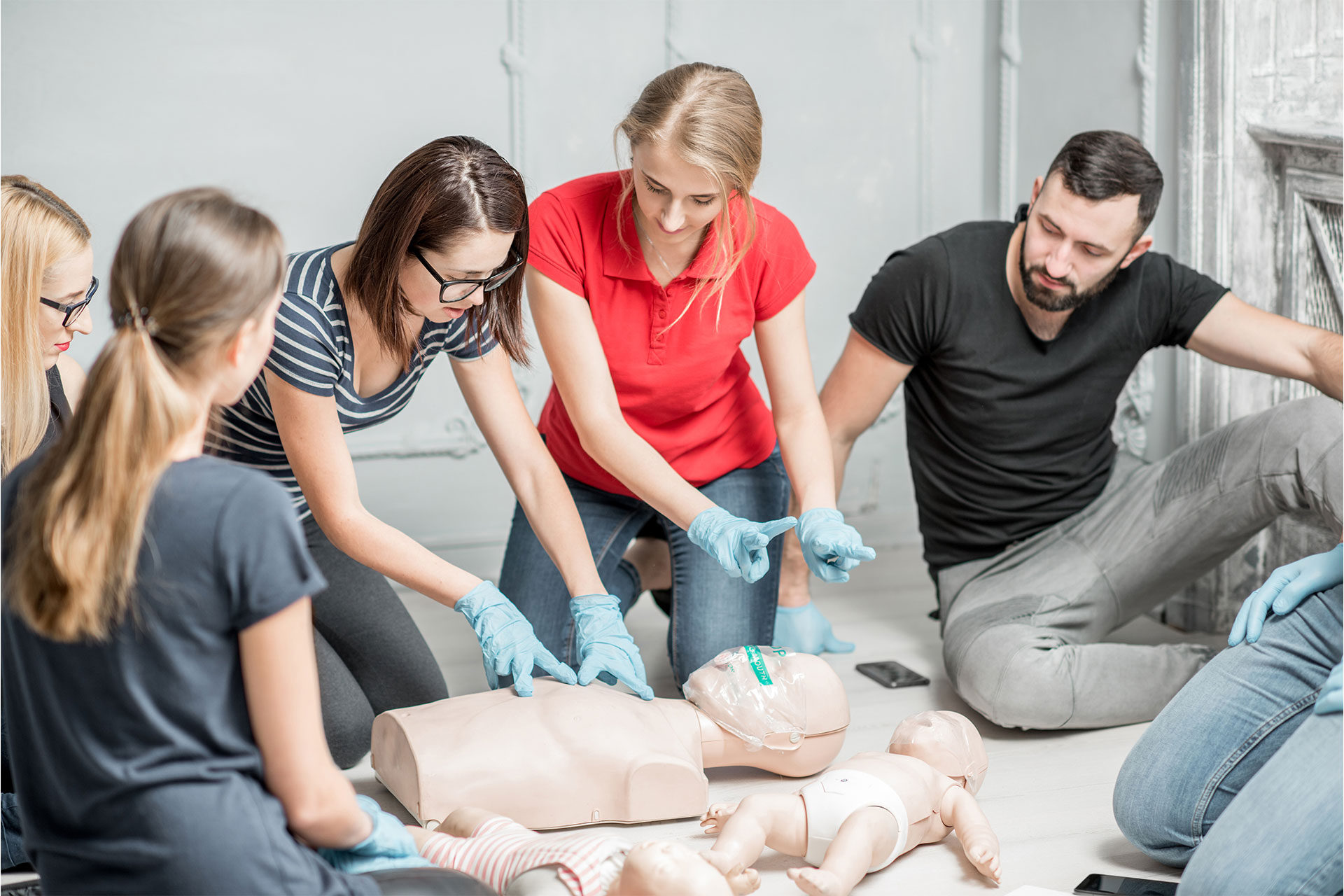
How to perform CPR
First, if someone collapses and you don’t have CPR knowledge or just forgot how to perform it correctly, call 911 immediately. Someone nearby could have this knowledge.
Remember that you should only perform CPR if the person is unconscious, not responding, or not breathing.
Here are the steps on how to perform CPR (adult):
Due to their size, performing CPR on babies and children (years 1-8) requires adjustments.
How to use an AED
First, perform CPR before trying AED. It is better to let the paramedics do this, but if the situation forces you to use one and there are AEDs available, then do the following:
The Importance of CPR and AED Training
While skilled nurses undergo comprehensive training in emergency procedures, CPR and AED certifications are not limited to healthcare professionals. The American Heart Association highlights the significance of widespread CPR and AED training, as sudden cardiac arrests often occur outside hospital settings, with nearly 380,000 cases reported annually.
One notable fact is that 9 out of 10 cardiac arrests occur at home, accentuating the need for updated information for individuals that, regardless of their profession, can save lives. CPR and AED certification empower people to become first responders in emergencies, bridging the gap between the onset of cardiac arrest and professional medical intervention.
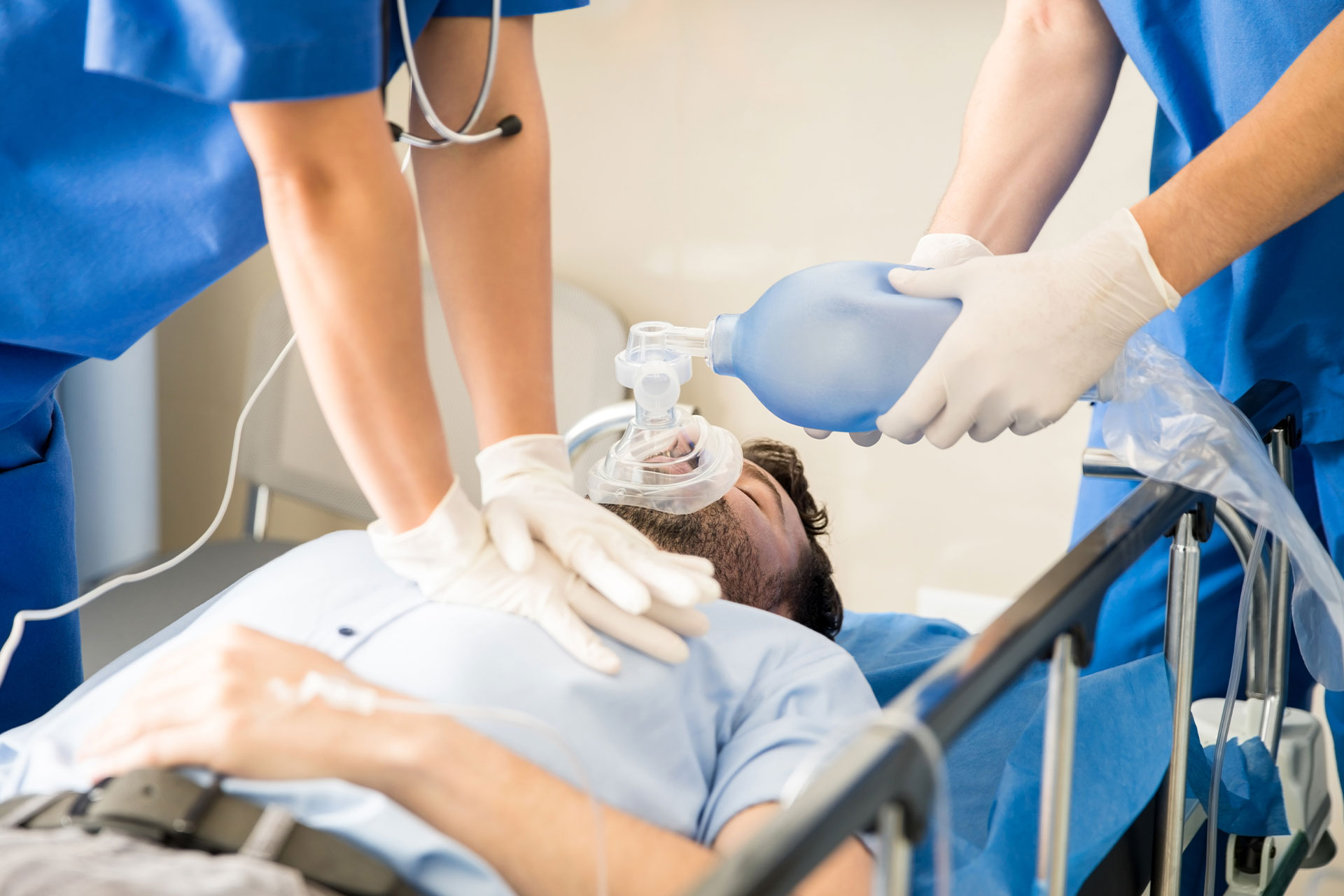
The Instrumental Role of Nurses
Registered nurses (RNs) and Licensed Vocational Nurses (LVNs) are at the forefront of healthcare, equipped with the knowledge and skills to handle diverse medical scenarios. Their ability to perform CPR and utilize AEDs is not just a part of their job description; it’s a testament to their dedication to patient care and safety.
In addition to providing direct patient care, RNs and LVNs often serve as educators within their communities, advocating for CPR and AED training to increase public awareness and preparedness. By empowering individuals with life-saving skills, nurses contribute to a society where every citizen is capable of responding effectively to cardiac emergencies.
National CPR and AED Awareness Week
In 2024, National CPR and AED Awareness Week will run from June 1 to 7. The goal of this week is to emphasize the importance of CPR and AED techniques to as many people as possible. Learning and mastering cardiopulmonary resuscitation and automated external defibrillator use can make a significant difference in saving lives during sudden medical emergencies. The campaign also recognizes the relevant role of bystanders in helping during emergencies and the importance of spreading knowledge about these life-saving methods.
Through CPR and AED certification, nurses nationwide equip themselves and others with the tools to tackle cardiac emergencies head-on. In June 2024 and beyond, let us honor their hard work and commitment to build a culture of preparedness and resilience in the face of adversity. Whether you are a nurse, a healthcare professional, or a citizen, remember that CPR and AED training can make all the difference in someone’s survival.
This information is helpful for everyone. Although it is better to wait for paramedics to perform AED, you might need to do it yourself. You’ll find additional information and local training courses available in your area by going to the CPR and AED training. We also recommend watching the Red Cross links for further info.
The Red Cross First Aid provides instant access to information for cardiac arrest, performing CPR, and other emergencies.
At Signature Healthcare, we always take care of you.
Call Signature 24/7 at 1 (800) 277-8291 for excellence in skilled and compassionate home health care.
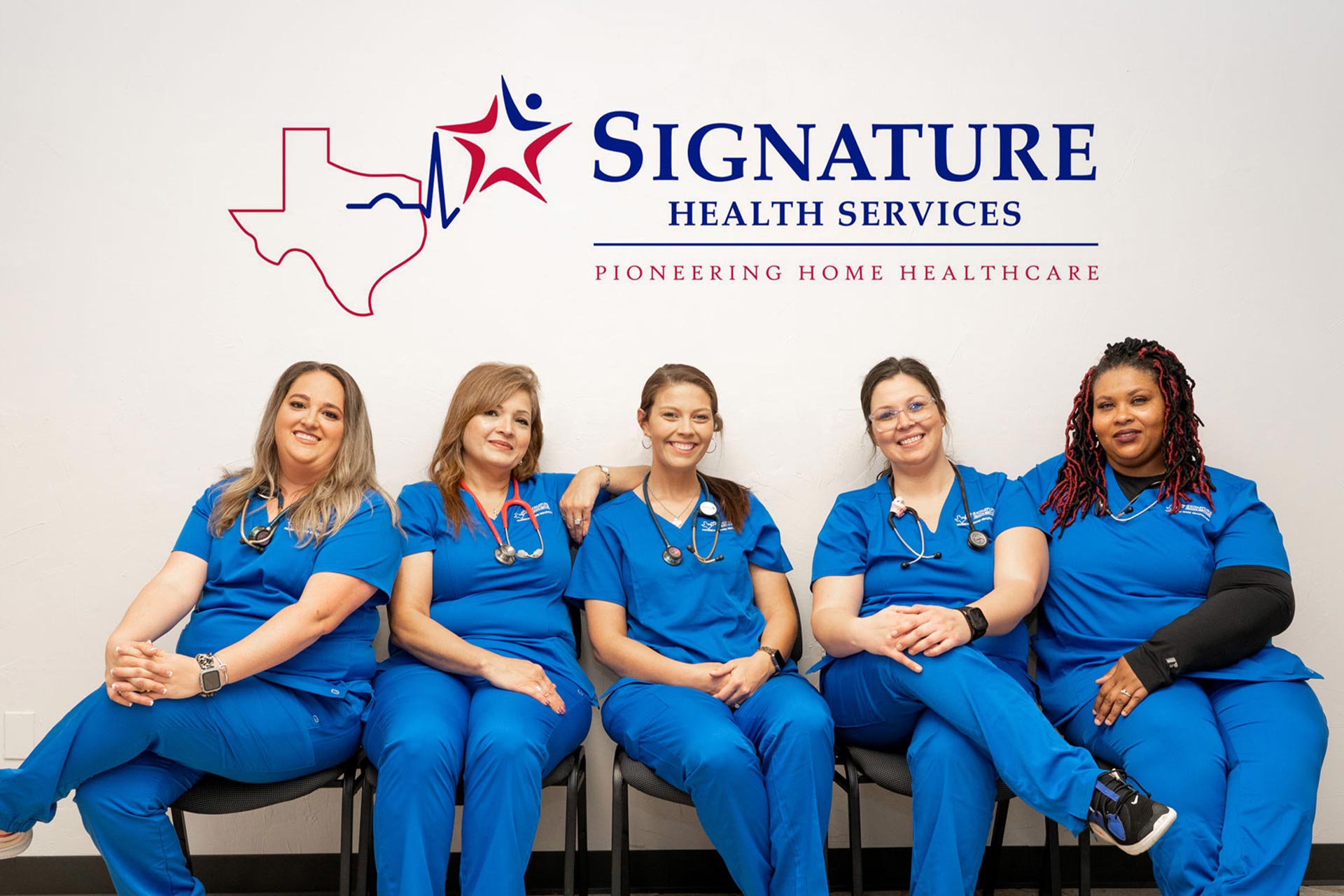
Your Complete Home Health Care Solution!
ALWAYS ON CALL
| Monday – Sunday | 24 / 7 |
1 (800) 277-8291 (option 1)
COUNTIES SERVED
OUR VALUES
TESTIMONIALS
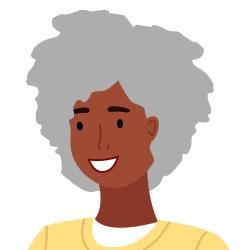
I love all of my home health people.
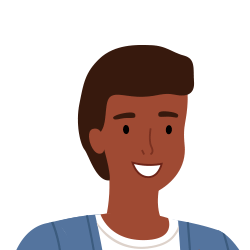
All Signature staff as well as therapy were very helpful.

Their services have always been great.

I really love my physical therapist. Gary has helped me so much.

This has been one of the best agencies. Very caring nurses.

I’ve had a really good physical therapist and really nice nurses.

I have had excellent care & would recommended them to anyone.

Gary Dixon is the very best physical therapist in Baytown and Houston Area.
